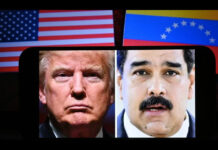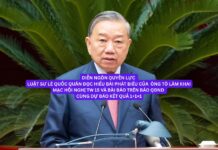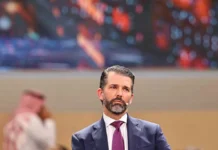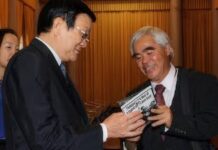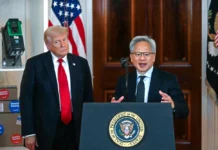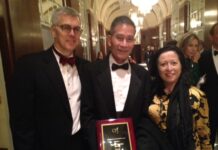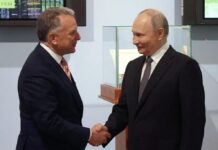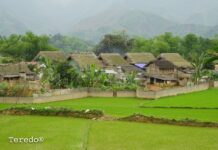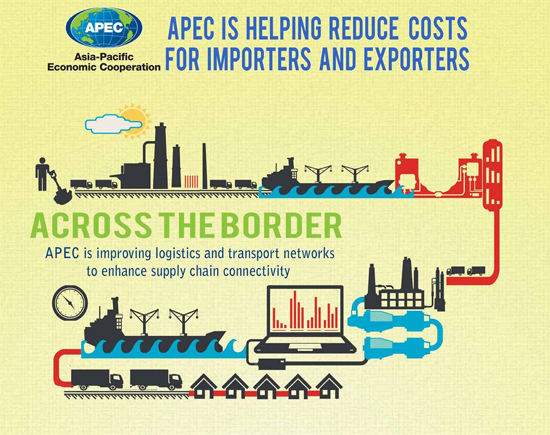The Asia-Pacific Economic Cooperation (APEC) is a regional economic forum established in 1989 to leverage the growing interdependence of the Asia-Pacific. APEC’s 21 members aim to create greater prosperity for the people of the region by promoting balanced, inclusive, sustainable, innovative and secure growth and by accelerating regional economic integration.
What Does APEC Do?
APEC ensures that goods, services, investment and people move easily across borders. Members facilitate this trade through faster customs procedures at borders; more favorable business climates behind the border; and aligning regulations and standards across the region. For example, APEC’s initiatives to synchronize regulatory systems is a key step to integrating the Asia-Pacific economy. A product can be more easily exported with just one set of common standards across all economies.

Sustainable and Inclusive Asia-Pacific
APEC works to help all residents of the Asia-Pacific participate in the growing economy. For example, APEC projects provide digital skills training for rural communities and help indigenous women export their products abroad. Recognizing the impacts of climate change, APEC members also implement initiatives to increase energy efficiency and promote sustainable management of forest and marine resources.
The forum adapts to allow members to deal with important new challenges to the region’s economic well-being. This includes ensuring disaster resilience, planning for pandemics, and addressing terrorism.
APEC’s 21 member economies are Australia; Brunei Darussalam; Canada; Chile; People’s Republic of China; Hong Kong, China; Indonesia; Japan; Republic of Korea; Malaysia; Mexico; New Zealand; Papua New Guinea; Peru; The Philippines; The Russian Federation; Singapore; Chinese Taipei; Thailand; United States of America; Viet Nam.
APEC Process
APEC: Cooperation and Consensus
APEC operates as a cooperative, multilateral economic and trade forum. Member economies participate on the basis of open dialogue and respect for views of all participants. In APEC, all economies have an equal say and decision-making is reached by consensus. There are no binding commitments or treaty obligations. Commitments are undertaken on a voluntary basis and capacity building projects help members implement APEC initiatives.
APEC’s structure is based on both a “bottom-up” and “top-down” approach. Four core committees and their respective working groups provide strategic policy recommendations to APEC Leaders and Ministers who annually set the vision for overarching goals and initiatives. The working groups are then tasked with implementing these initiatives through a variety of APEC-funded projects. Members also take individual and collective actions to carry out APEC initiatives in their individual economies with the assistance of APEC capacity building projects.
APEC Capacity Building Projects
Capacity building projects play an important role in helping translate APEC’s goals into reality. By enhancing members’ capacity through skills training and technological know-how, APEC-funded projects strengthen members’ readiness to adopt new initiatives from electronic customs processing to regulatory reform. APEC projects also target specific policy areas from enhancing small and medium enterprise competitiveness to facilitating the adoption of renewable energy technologies in the region.
The APEC Project Management Unit oversees APEC-funded projects in collaboration with working groups. Funding for projects is made possible by contributions from APEC members.
The APEC Policy Support Unit provides policy research, analysis and evaluation to assist in the implementation of APEC’s agenda.
The APEC process is supported by a permanent secretariat based in Singapore.

